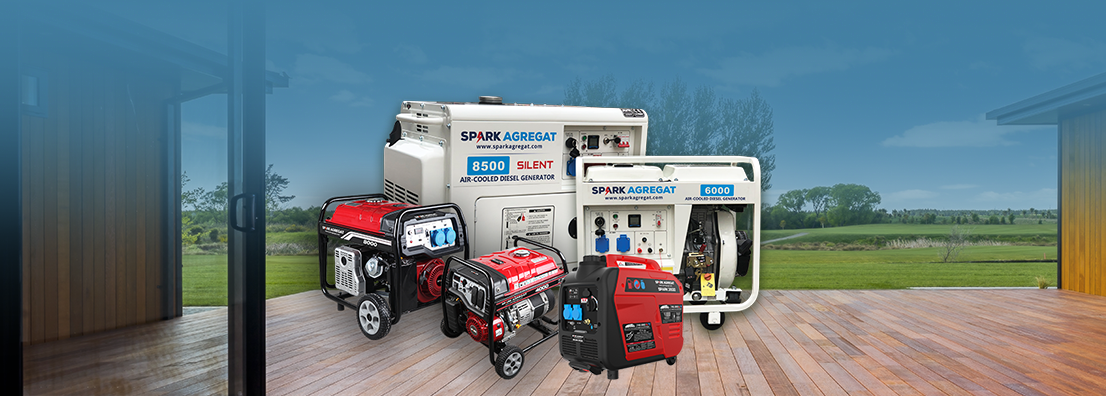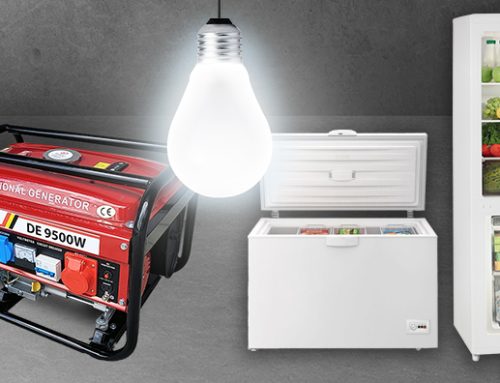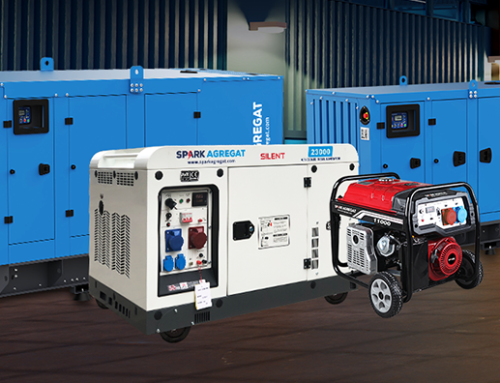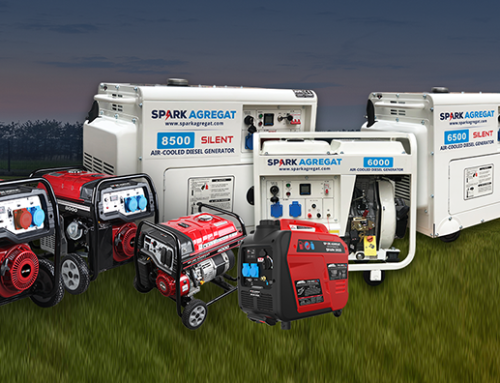In the world of making power, generators are like superheroes with different powers. Imagine sorting them into groups based on where they get their power, how they’re used, what they look like, how big they are, and what they munch on (fuel-wise). Let’s break it down into simple bits.
Based on Energy Source:
Generator can be classified based on the source of energy they use to generate electricity. The main types include:
- Fossil Fuel Generator: This generator run on fossil fuels such as coal, oil, or natural gas. They burn these fuels to produce steam, which then drives a turbine connected to a generator.
- Renewable Energy Generator: This generator harness energy from renewable sources such as sunlight, wind, water, or geothermal heat. Examples include solar panels, wind turbines, hydroelectric generators, and geothermal power plants.
- Nuclear Generator: Nuclear power plants use nuclear reactions, typically the fission of uranium or plutonium, to generate heat and produce electricity.
Based on Application:
Generators can also be categorized based on their application or usage. Common types include:
- Home Generators: These are usually smaller, portable generator designed for residential use during power outages or in locations without access to the main power grid.
- Industrial Generators: Larger generator designed to provide power to industrial facilities, construction sites, or other large-scale operations.
- Standby Generators: These generator are designed to automatically start and provide power in the event of a power outage, ensuring continuous operation of critical systems.
Based on Structure:
Generator can be classified based on their physical structure and design. Two main types are:
- AC Generator (Alternators): This generator produce alternating current (AC) electricity. Alternators are commonly used in power plants and many other applications.
- DC Generator: This generator produce direct current (DC) electricity. While less common today, they still find use in specific applications like battery charging.
Based on Size and Output:
Generators vary in size and power output, leading to different classifications:
- Micro Generator: Small-scale generator typically used for powering individual homes or small businesses.
- Medium Generator: Intermediate in size and output, suitable for various applications like powering larger homes, offices, or small industries.
- Large Generator: This generator is designed for heavy-duty industrial use, providing a significant amount of power for large facilities or cities.
Based on Fuel Consumption:
Generator can be categorized based on their fuel efficiency and consumption rates:
- Fuel-Efficient Generators: Designed to optimize fuel consumption, often used in areas where fuel availability is limited or expensive.
- High-Consumption Generators: These generators may prioritize power output over fuel efficiency and are commonly used in areas with a stable and affordable fuel supply.
Portable vs. Stationary Generators:
- Portable Generator: This generator is designed for easy mobility and is often used in outdoor settings, camping, or as a backup power source for homes.
- Stationary Generator: Installed in a fixed location, this generator are typically larger and provide a stable power supply for facilities or communities.
Generator play a crucial role in ensuring a continuous and reliable power supply across various sectors. Understanding their classifications helps in choosing the right generator for specific needs and applications. If you have any questions, or need assistance in choosing the right generator, our experts are ready to assist. Contact us at 012350202 or by filling out the contact form. Empower your space with reliable power—connect with us today.
























